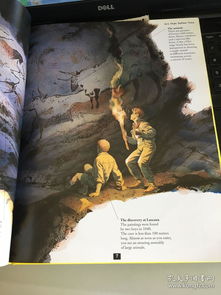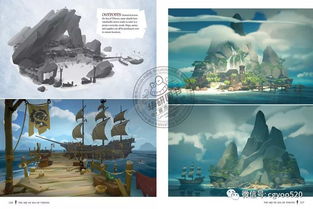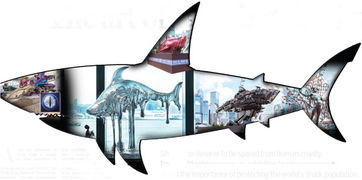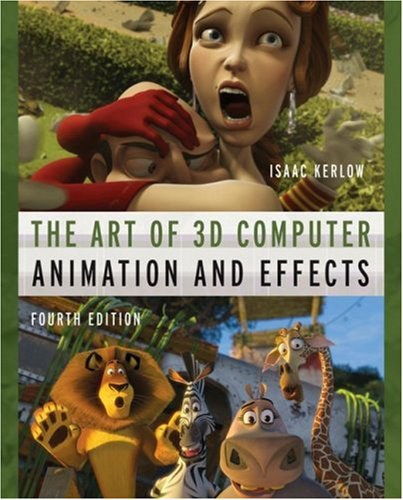Introduction:
Catching a large crocodile is a task that requires a blend of skill, patience, and a deep understanding of these majestic creatures. Whether you are an experienced angler or a beginner looking to challenge yourself, this guide will provide you with essential tips and a step-by-step illustration to help you increase your chances of hooking into a big croc. So, let's dive in and explore the art of crocodile fishing!
Understanding Crocodile Behavior:
Before you start, it's crucial to understand the behavior of crocodiles. Crocodiles are ambush predators, meaning they lie in wait for their prey to come close before striking. They are most active at dawn and dusk, so these are the best times to fish for them. Here are some key points to keep in mind:
- Water Type: Crocodiles prefer slow-moving, freshwater environments such as rivers, swamps, and lakes.
- Feeding Patterns: They are opportunistic feeders and will eat almost anything, including fish, birds, mammals, and even other crocodiles.
- Patience: Crocodiles are patient predators, so you need to be patient as well. They may not bite on the first cast.
Equipment for Crocodile Fishing:
To successfully catch a large crocodile, you'll need the right equipment:

- Rod and Reel: A heavy-duty rod with a strong backbone is essential. A spinning rod with a high-capacity reel is a good choice.
- Line: Use a monofilament line with a breaking strain of at least 80-100 pounds (36-45 kg) for smaller crocodiles and up to 200 pounds (90 kg) or more for larger ones.
- Hook: A large, strong hook, such as a J-style or an offset shank, is recommended. The size of the hook should match the size of the bait.
- Bait: Fresh, dead fish or chunks of meat are effective baits. The size of the bait should be similar to the size of the prey the crocodile typically eats.
Step-by-Step Guide to Catching a Large Crocodile:
- Choose the Right Spot: Look for areas where crocodiles are likely to be, such as shallow banks, fallen trees, or areas with abundant prey.
- Cast Your Line: Cast your line into the water and let it sink to the bottom. Keep the line tight and watch for any signs of movement.
- Patience is Key: Wait for the crocodile to approach the bait. Avoid reeling in too quickly, as this may scare the crocodile away.
- Hook the Bait: Once the crocodile has taken the bait, wait for it to swallow the hook completely. This may take some time, so be patient.
- Reel In Slowly: Once the crocodile has swallowed the bait, start reeling in slowly and steadily. Keep a firm grip on the rod to prevent the crocodile from escaping.
- Prepare for a Struggle: Crocodiles are powerful and can put up a fierce fight. Be prepared for a long struggle and use the rod to leverage your advantage.
- Safety First: Always prioritize your safety. If the crocodile becomes too aggressive or if you feel threatened, let go of the line and retreat to a safe distance.
Illustrations and Tips:
To help you visualize the process, here are some illustrations and additional tips:
Illustration 1: Casting into the Water
- Position the rod at a 45-degree angle.
- Cast the line with a smooth, overhand motion.
- Aim for an area where crocodiles are likely to be.
Illustration 2: Waiting for the Bite
- Keep the line tight but relaxed.
- Watch for any sudden movements or ripples in the water.
- Be prepared to set the hook quickly.
Illustration 3: Reeling In the Bait
- Reel in slowly and steadily.
- Keep the rod tip low to prevent the crocodile from shaking the hook loose.
- Be prepared for a sudden pull as the crocodile takes off.
Conclusion:
Catching a large crocodile is a challenging but rewarding experience. By understanding the behavior of crocodiles, using the right equipment, and following this guide, you'll be well on your way to hooking into one of nature's most formidable predators. Remember to always prioritize safety and respect the natural habitat of these incredible creatures. Happy fishing!












